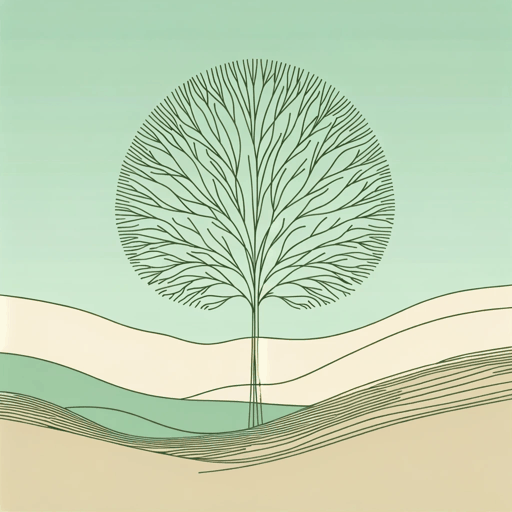20 pages • 40 minutes read
Claude McKayJoy in the Woods
Fiction | Poem | Adult | Published in 1922A modern alternative to SparkNotes and CliffsNotes, SuperSummary offers high-quality Study Guides with detailed chapter summaries and analysis of major themes, characters, and more.
Literary Devices
Form
The poem’s form reveals that McKay understands his working-class audience. Despite McKay’s childhood growing up amid the evidence of the socio-political damage incurred by Jamaica—really the entire Caribbean Basin—after two centuries of ruthless British colonial occupation, and despite his dissatisfaction with the status quo in his adopted (white) America, McKay elects to case his concern over the oppression of the capitalist culture through the vehicle of poetic forms grounded in the very British/white culture that so plagued his world.
One reason for McKay’s poetic form choices is that they elevate the quiet tragedies of the American working-class “stiff.” The poem looks like a poem, scans like a poem. It is executed in three octets (eight-line stanzas), with rhyming couplets in between each octet that echo one another and use the rhyme device of “tired” and “hired” (Lines 9, 10, 19, 20, 29, 30), creating a sort of refrain to the poem. How best to capture the poet’s sense of loss, the emptiness he feels trapped within the soul-draining routine of his working world? The poem rejects the idea of pitying the speaker by delivering his dilemma in a poetic form that creates from his yearning, his sense of living death, and his deep frustration over the limits of his life a stately and grand form.
Related Titles
By Claude McKay

America
Claude McKay
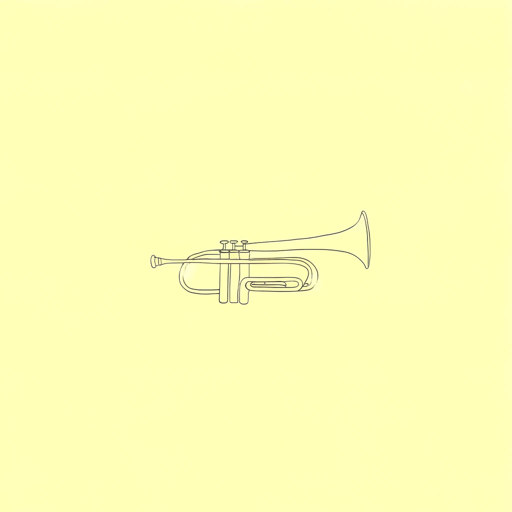
Home To Harlem
Claude McKay

If We Must Die
Claude McKay

The Harlem Dancer
Claude McKay
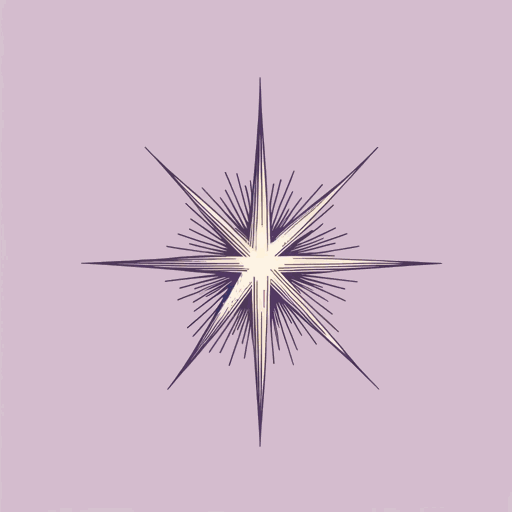
The Lynching
Claude McKay
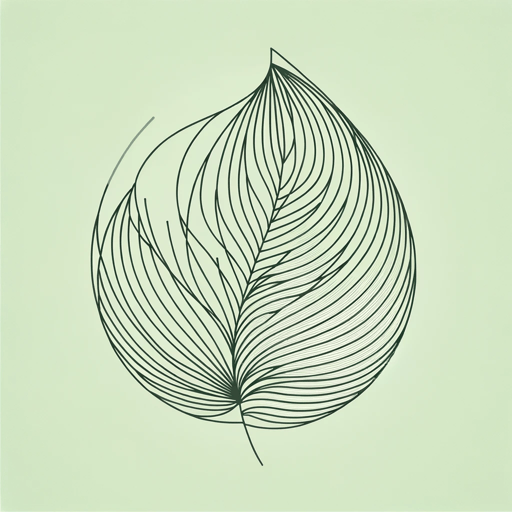
The Tropics in New York
Claude McKay

The White House
Claude McKay
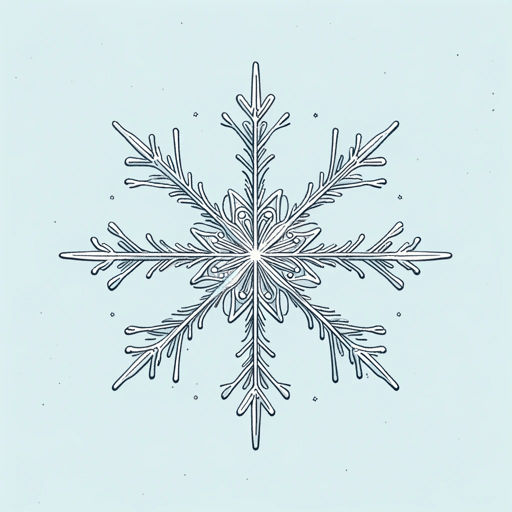
To One Coming North
Claude McKay
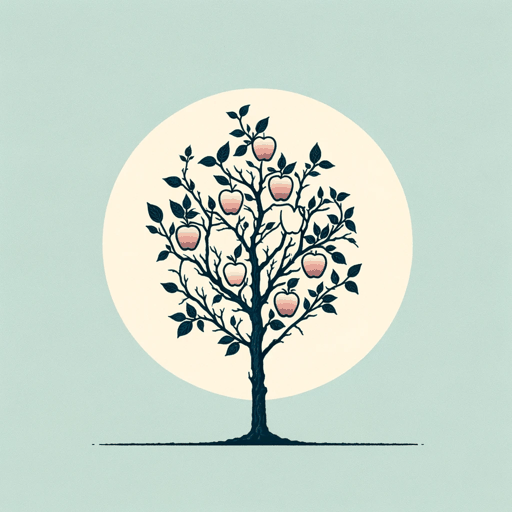
When Dawn Comes to the City
Claude McKay
